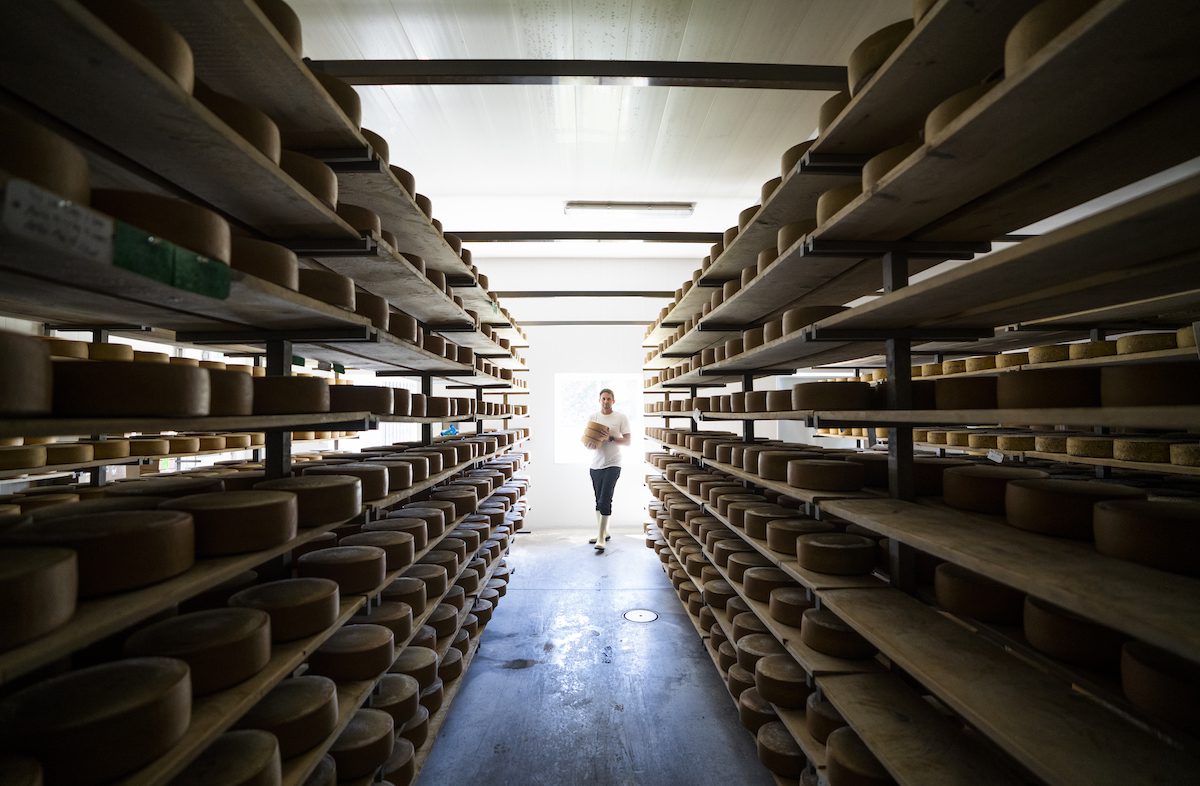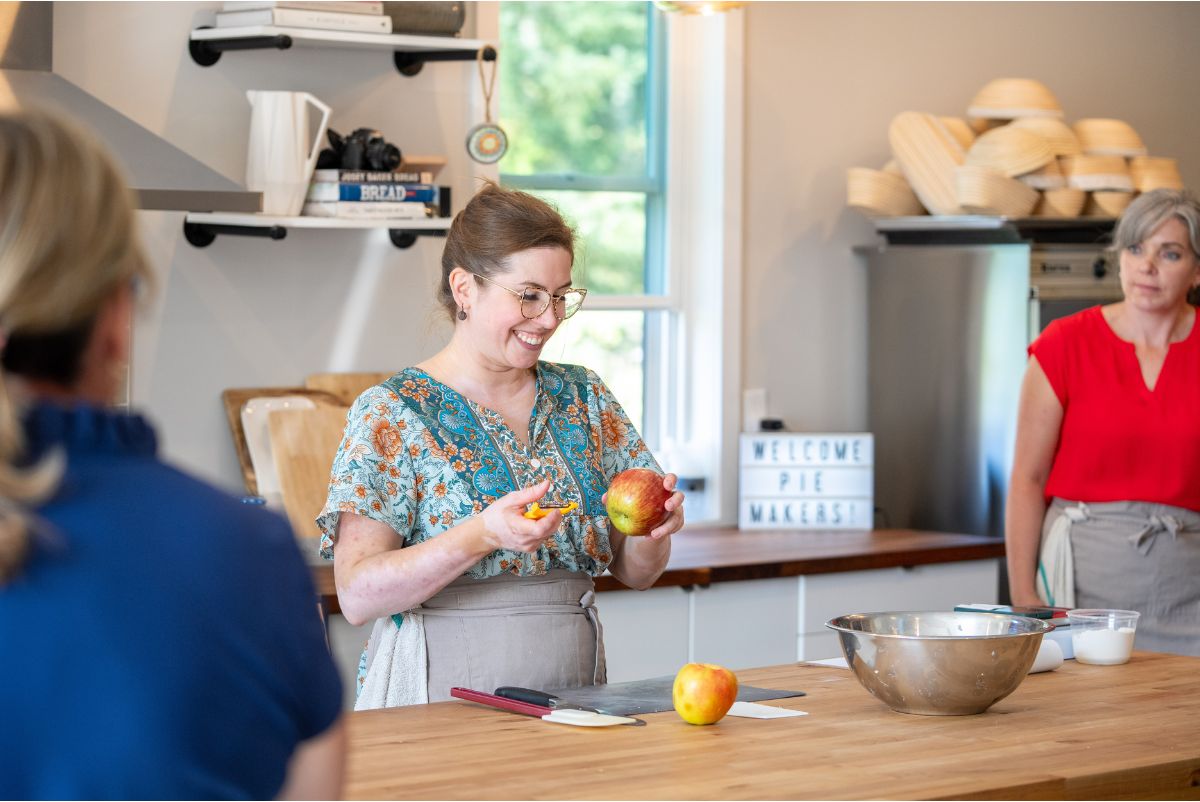These garlicky little wonders go by many names: they’ve been called wild leeks, wild onions, spring onions, wood leeks, and wild garlic – but most of us know them as ramps.
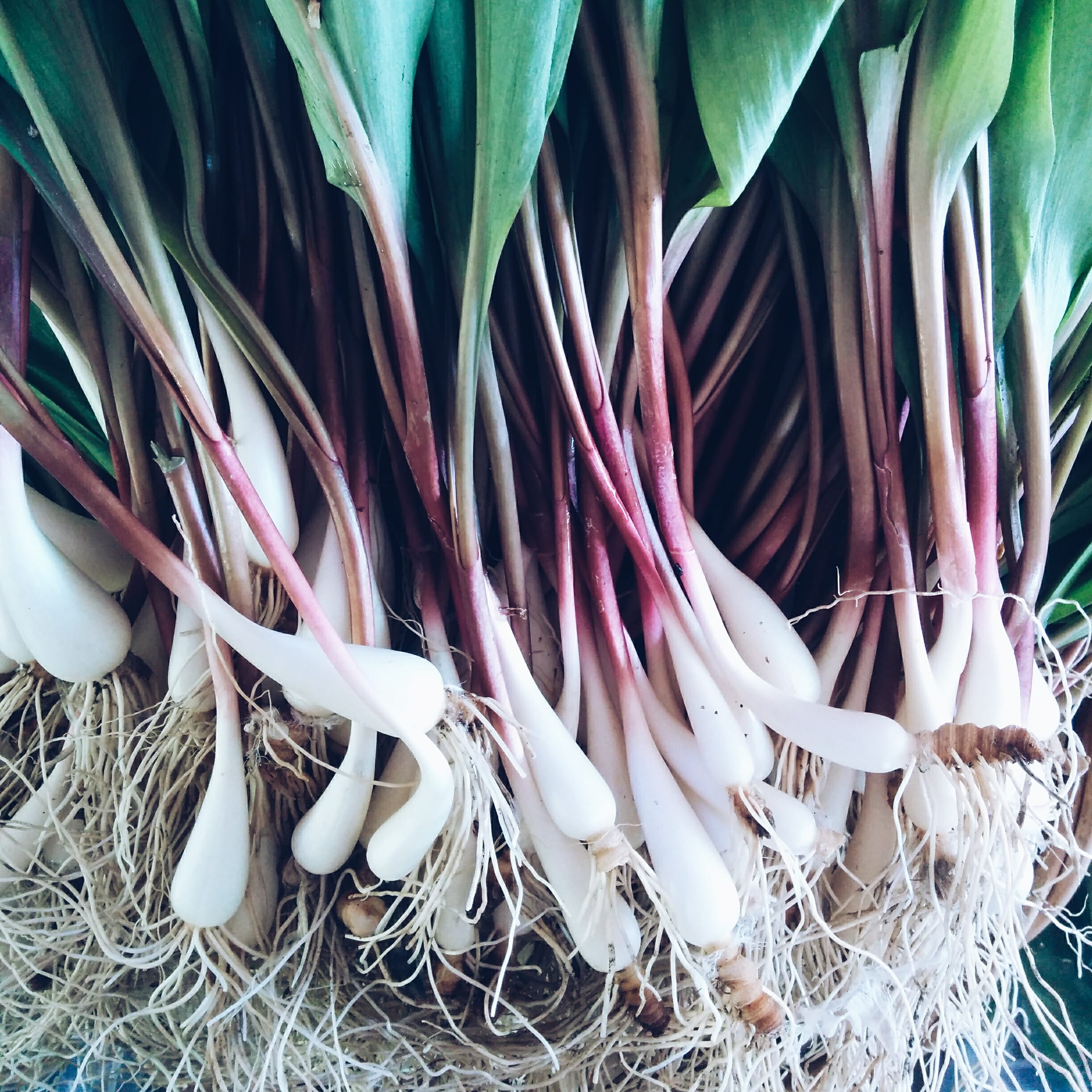
Ramps are a perennial wild green that look like miniature green onions but with a wider, flatter leaf, which pokes up from the ground like green bunny’s ears each year in spring. Both the white lower leaf stalks and the broad green leaves are edible, and ramps can be either eaten raw (for the brave, as it would be akin to eating raw garlic), or cooked (usually sauteed).
Ramps are viewed across North America – Ontario being no exception – as a harbinger of spring, and are therefore harvested and consumed with great enthusiasm. In the early spring, a number of restaurants put ramps on their seasonal menus, and some regions even host whole festivals for the allium, such as the Singhampton Ramp Romp.
Although it might be easy to get caught up in the ramp-ant (sorry!) enthusiasm, it’s important to remember that these tasty plants are in fact quite a delicate species. According to this article, ramp seeds take 6 to 18 months to germinate, and the plants take 5 to 7 years to produce seeds. Chef Deborah Reid recently wrote an essay on the topic of over-foraging, saying: ” How many take to the woods with any sense of what is enough or when to stop? The current market appetite can trump the need to leave enough for others or to ensure a return next spring.”
For this reason, foragers are advised to avoid taking small, immature or flowering plants, to take only one specimen from each ramp clump and replant the rest, along with the rhizome, and also to scatter ramp seed on their patches in the fall, to replenish them.
Still looking to sink your teeth into these garlicky morsels? Try the seasonal menus at these Ontario restaurants, which employ foragers who ensure their ramps are harvested sustainably:
- Bruce Wine Bar: foraging by Shaun Edmunstone
- The Bruce Hotel: foraging by the whole Kitchen crew!
- Langdon Hall: foraging by Chef Jason Bangerter & team
- SixThirtyNine: foraging by Eric Boyar
- RARE: foraging by Tyler Scott
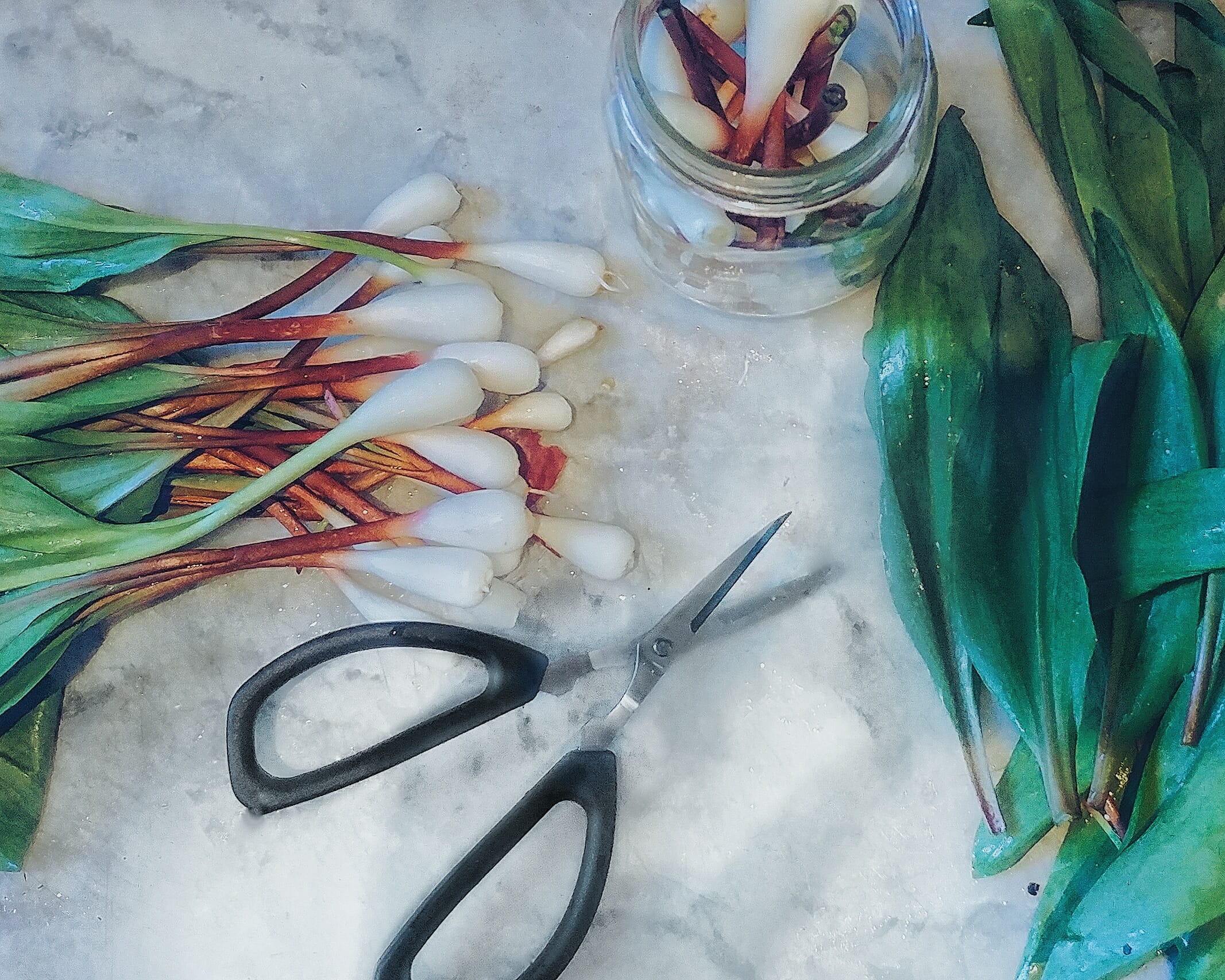
Still curious about foraging, and want to sustainably harvest some ramps for yourself? Learn how from the experts:
Pucks Plenty hosts foraging treks across beautiful woodland trails just minutes from Stratford, Ontario with the purpose of educating participants in the art of identifying wild edibles and mushrooms, prudent harvesting and, in the end, appreciating their wonderful taste and health benefits. Outings are available most weekdays and weekends from April through mid November and cost $30-45 per person. To reserve a trek, call 519-271-3726 or email them at [email protected].
For the more academic-minded, try these workshops called Foraging the Escarpment workshop, hosted by Tiffany Mayer of Eating Niagara and Cassie Wever, a forager with a background in biological sciences. The sessions, offered through Brock’s Continuing Education department, are geared toward foragers of all levels of experience. Wever will cover plant identification with time spent on campus seeking out easily identifiable wild foods she hopes to use in a dish that participants can take home with them. It’s hands-on learning that is safer for foragers – and the ecosystem – than searching for their next meal alone in the wilds of Niagara.
Respect nature and always act with care.
Foraging for wild leeks has exploded in popularity in recent years. That’s why it’s more important than ever to practice sustainable foraging. Do not forage for any edibles – especially wild leeks – on protected land. Do not harvest more than you yourself can use and leave the woods better than you found them. Consider purchasing wild leeks from sustainable sources, like Indigenous foragers, instead of harvesting yourself.
